Begonia Gardening: What is the Right Number of Tubers for a Hanging Basket?
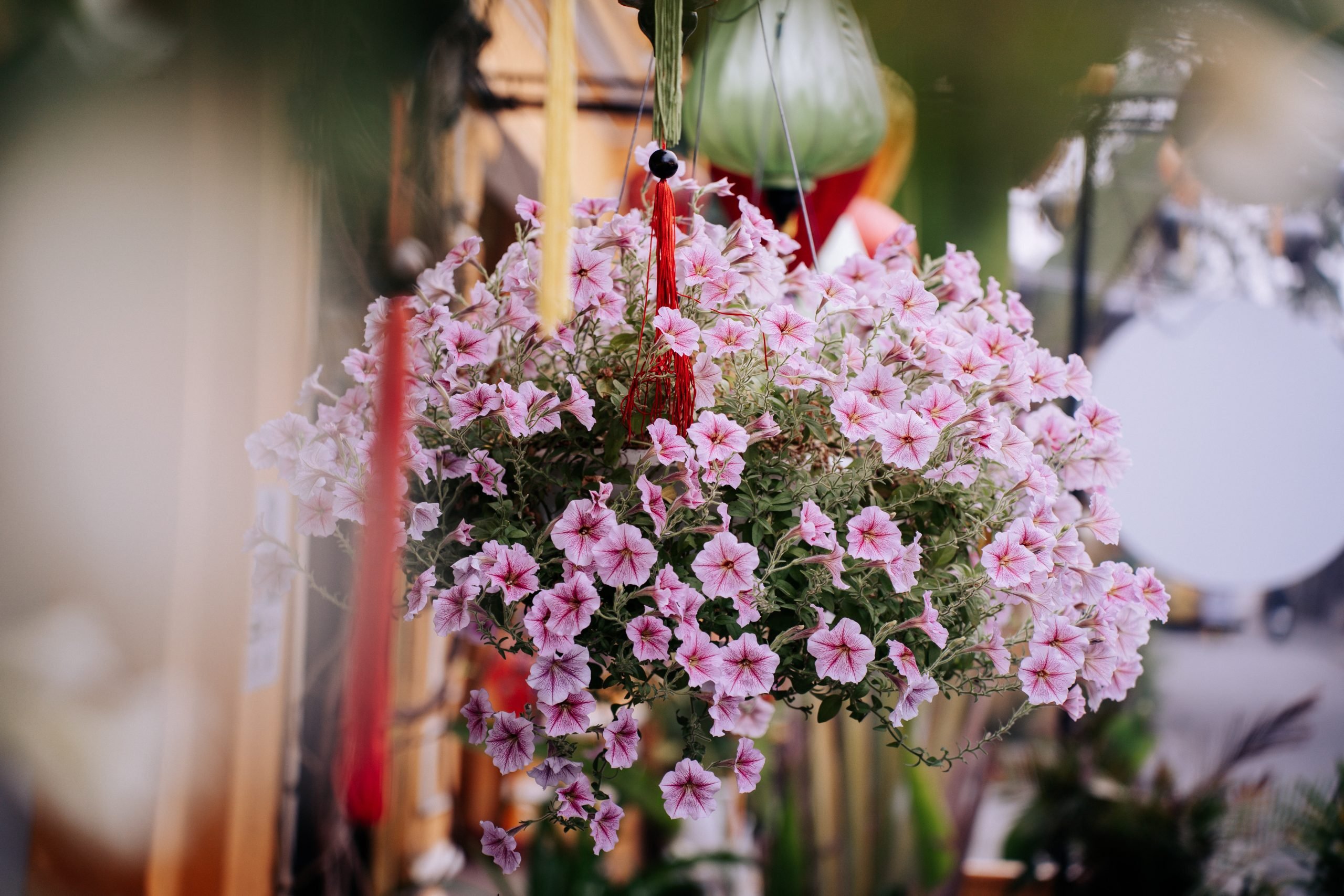
Table of Contents
Choosing flowers for your garden is challenging, especially if you are indecisive! Can you choose a perfect colour combination for Begonia? Well, when I thought of planting these flowers, we felt like putting each variety in my garden. The season of spring has arrived, and now the foremost thing is to plant begonia in hanging baskets; we cannot delay it much. Growing and caring for begonias in hanging baskets is a great way to add a touch of elegance and sophistication to your home or garden.
Planting and hanging these flowers are a little difficult, so for that reason, we will provide you with a step-wise step guide to planting Begonia flowers. And trust me, it doesn’t matter if you are a beginner or even an expert planning to plant begonia for the first time. We will answer every question, from how many begonias are in a hanging basket to choosing the perfect colour for you!
How to Grow Begonia in a Hanging Basket?
Step 1: Choosing a Right Basket
Choosing the right hanging basket is not just about choosing a pleasantly appearing one but also the right material and size. And all that at a reasonable price!
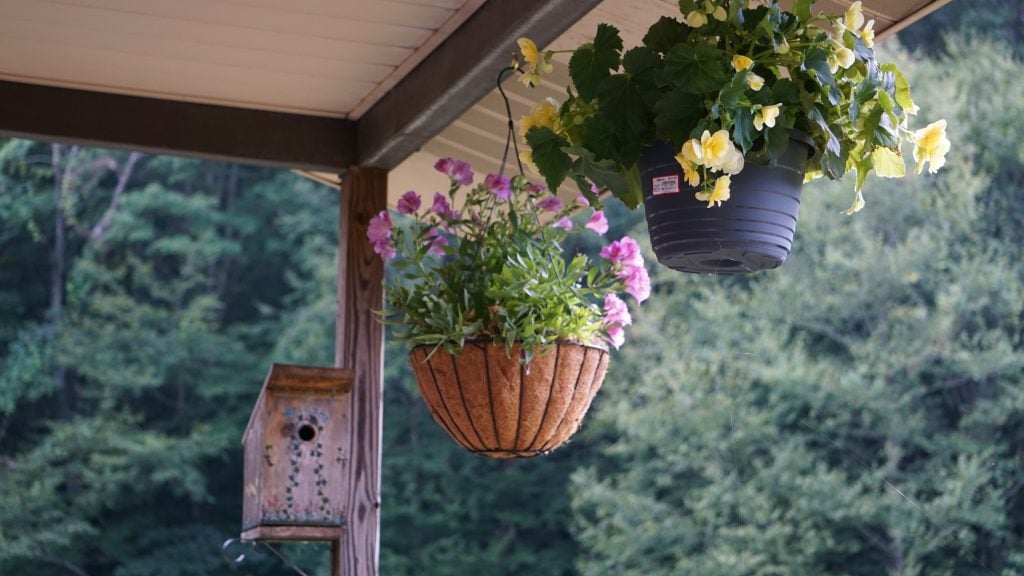
The following are the things to remember while choosing a basket-
- The basket should have at least 12 inches in diameter.
- It should be made up of wire or plastic, or metal with good drainage. If it does not have holes, make sure you drill in them.
- Choose a flat bottom or round bottom as per your preferences.
Expert Tips:
- A flat bottom basket will be more stable, whereas a round bottom will look more natural.
- Check out this flawless and beautiful flat-bottom basket and round-bottom basket from which you can choose.
How Many Begonia Tubers in a Hanging Basket?
A 12 inches basket is ideal for 3 begonia tubers & 14 inches basket for 5 begonia tubers.
Step 2: Selecting the Right Begonia Variety
Okay, this may be the only difficult part of this entire blog. WHICH BEGONIA FLOWER SHOULD YOU CHOOSE!? We will definitely be helping you to decide the perfect begonias for you.

Here are some species of begonias with some descriptions about them-
Tuberous Begonias
These grow from tubers (underground stems) and are known for their showy, large flowers. They are commonly grown asoutdoor plants in shady areas and come in various colours, including red, pink, orange, yellow, and white.
Wax Begonias
Wax begonias are one of the most commonly grown types of begonias. They have shiny, waxy leaves and produce small, clustered flowers in pink, red, and white shades. Wax begonias are often grown as bedding plants or in containers and can thrive in both sunny and shady locations.
Fibrous Begonias
Fibrous begonias, also known as bedding begonias, have small, delicate leaves and produce abundant flowers in shades of pink, red, and white. They are often used as annuals in garden beds or as indoor houseplants.
Angel Wing Begonias
This type is named for its wing-shaped leaves. They are often grown for their attractive foliage, which can be varied with shades of green, silver, and pink. Angel wing begonias prefer bright, indirect light and well-draining soil that is consistently moist but not waterlogged.
Dragon Wing Begonias
Dragon Wing begonias are a wax and angel wing begonias hybrid. They have large, glossy leaves and produce clusters of pink or red flowers throughout the growing season. Dragon Wing begonias are commonly grown outdoors in containers or hanging baskets.
Rieger Begonias
Rieger begonias are a hybrid begonia that produces large, showy flowers in shades of pink, red, orange, yellow, and white. They are often grown as indoor houseplants and prefer bright, indirect light.
Suggestion- If you are unsure what and how to choose, type ‘Begonia Colour Combination’ on Google. It will provide you with various styles and colour palettes.
Step 3: Preparing the Soil
This is slightly tricky, especially if you do not know about managing soil for the plants. Follow the points below to make the least mistakes possible.
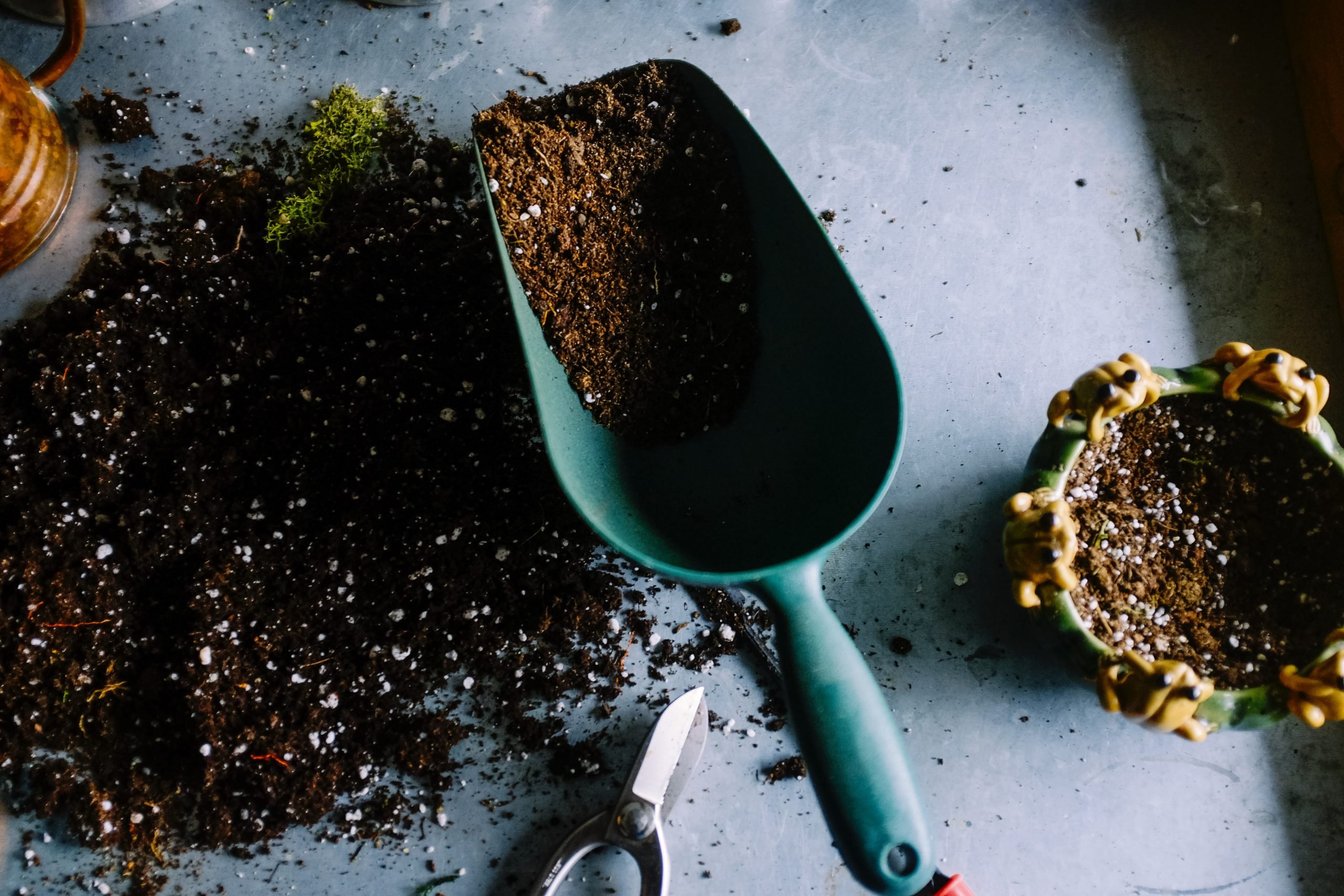
- Choose a well-draining soil mix- Begonias prefer well-draining soil rich in organic matter. You can purchase a soil mix specifically formulated for begonias or create your own by combining equal parts of peat moss, perlite, and vermiculite.
- Add compost- Begonias benefit from adding compost, which provides nutrients and improves soil structure. Mix in a handful or two of compost to the soil mix.
- Adjust soil pH– This is technical, but beautiful things demand high maintenance. Begonias prefer slightly acidic soil with a pH between 5.5 and 6.5. Test the soil pH and adjust as necessary by adding sulphur to lower the pH or lime to raise it. You may use a Soil Meter for this.
- Wet the soil- Before planting begonias, soak the soil mix thoroughly by watering it from the top until water drains out of the bottom of the container. A spray bottle is ideal since you can control the adequate water supply.
Suggestions– If you are confused or making a blunder, please ask for help from someone who knows how to handle these things. Preferably your parents or grandparents,they can do it without any modern tools too!
Step 4: Planting & Caring of the Begonias
Whether planting them in containers or on the ground, it’s essential to follow a few key steps to ensure your begonias thrive. Here we have mentioned the steps to plant and care for them!
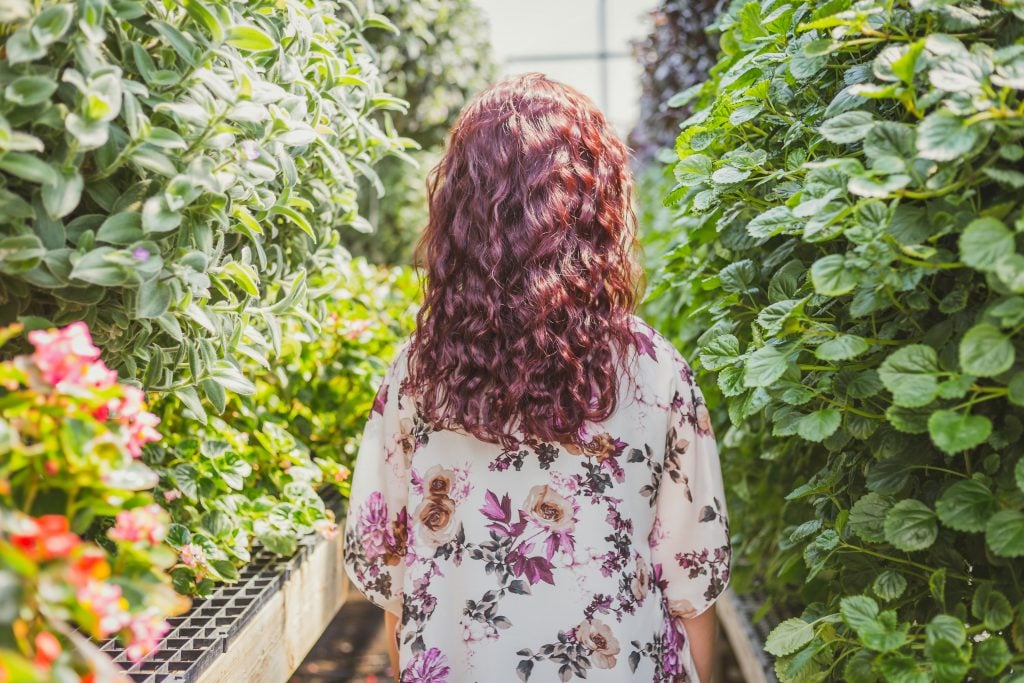
Planting Begonias
- Fill the hanging basket with the soil mix until it’s about ⅔ full.
- Create a small hole in the centre of the soil.
- Gently remove the begonia from its commercial pot and place it in yours where you made the hole.
- Add soil around the begonia’s roots, ensuring it is firmly planted. Please don’t press it tightly! It’s like you’re choking it.
- Water the plant until the water drains out of the bottom of the basket.
Caring Begonias
- Water them regularly- Begonias must be watered regularly, especially during hot weather. The soil should be moist but not soggy.
- Fertilisation- Begonias need regular fertilisation to promote healthy growth and blooming. Use a balanced liquid fertiliser every two-three weeks.
- Provide proper light- Begonias prefer bright, indirect light. Too much sun can cause the leaves to burn, and too little light can prevent blooming.
- Prune- Regular pruning can help your begonia maintain its shape and promote healthy growth.
- Check for pests- Check out for pests such as spider mites, mealybugs, and whiteflies, which can damage your begonia. And this brings us to the last step of this procedure.
Step 5: Dealing with Pests and Diseases
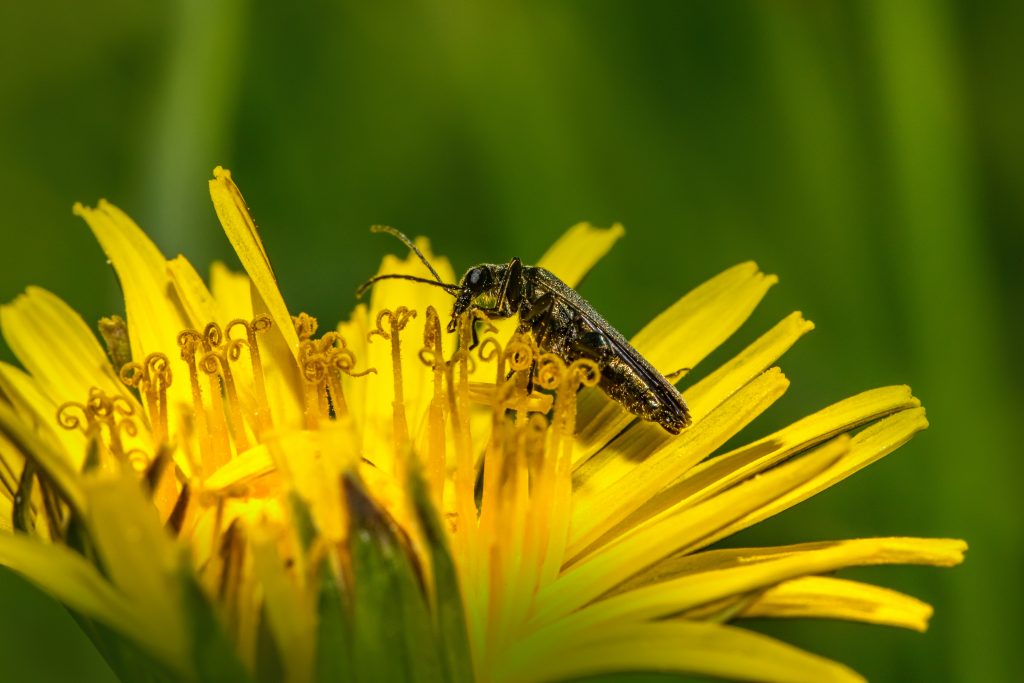
- Give adequate sunlight. Neither too less nor too much
- Monitor them regularly.
- Use organic fertilisers.
- Practise good hygiene.
- Quarantine new plants.
Why Are These Flowers Actually Important to You?
Growing begonias in hanging baskets is a great way to add colour and beauty to your home or garden. Following these five steps, you can ensure your begonias thrive and produce beautiful blooms all season. Remember to choose the right basket, select the right variety of begonia, properly prepare the soil, plant and care for your begonias, and water and fertilise them regularly. With a little effort and care, you can enjoy the beauty of these lovely flowers and create a stunning hanging basket display that will envy all your neighbours!
Now let’s look at some of the frequently asked questions readers have in their minds when they start caring and growing begonia!
Frequently Asked Questions
How Do I Plant Begonias in A Hanging Basket?
To plant begonias in a hanging basket, choose a basket with a diameter of at least 12 inches and good drainage. Next, select the type of begonia you want to plant, prepare the soil mix with well-draining soil, compost, and adjust pH. Wet the soil before planting and carefully place the begonias in the basket. Cover the roots with soil and water the plant again.
How Often Should I Water My Begonia Hanging Basket?
Begonias require consistent moisture, so you should water them frequently. However, it would be best to allow the soil to dry slightly between watering to avoid overwatering. Typically, it would be best if you watered your begonia hanging basket once or twice a week, depending on the temperature and humidity in your area.
Can I Grow Begonias in Full Sun?
Most begonias prefer shade or partial shade, as direct sunlight can damage their leaves and flowers. However, some types of begonias, such as dragon wings and wax begonias, can tolerate more sun than others. It’s best to research the specific needs of your chosen begonia variety before planting in a sunny area.
How Do I Fertilise My Begonia Hanging Basket?
You can fertilise your begonia hanging basket with a balanced, water-soluble fertiliser every two to four weeks during the growing season. Follow the package instructions for the proper amount of fertiliser to use. It’s also important to avoid fertilising begonias during their dormant period, typically in winter.
How Do I Care for My Begonia Hanging Basket During the Winter?
During the winter, begonias go into a period of dormancy and require less water and fertiliser. It would be best to protect your begonia hanging basket from cold temperatures and the frost by moving it indoors or covering it with a frost cloth. You can resume regular watering and fertilising once the plant begins to grow again in the spring.
Which Begonia Variety Is Suitable for Hanging Baskets?
Begonias are available in various types, including tuberous, wax, fibrous, Angel Wing, Dragon Wing, and Rieger Begonias. Dragon Wing and Rieger begonias are commonly grown in hanging baskets due to their beautiful foliage and colourful flowers.

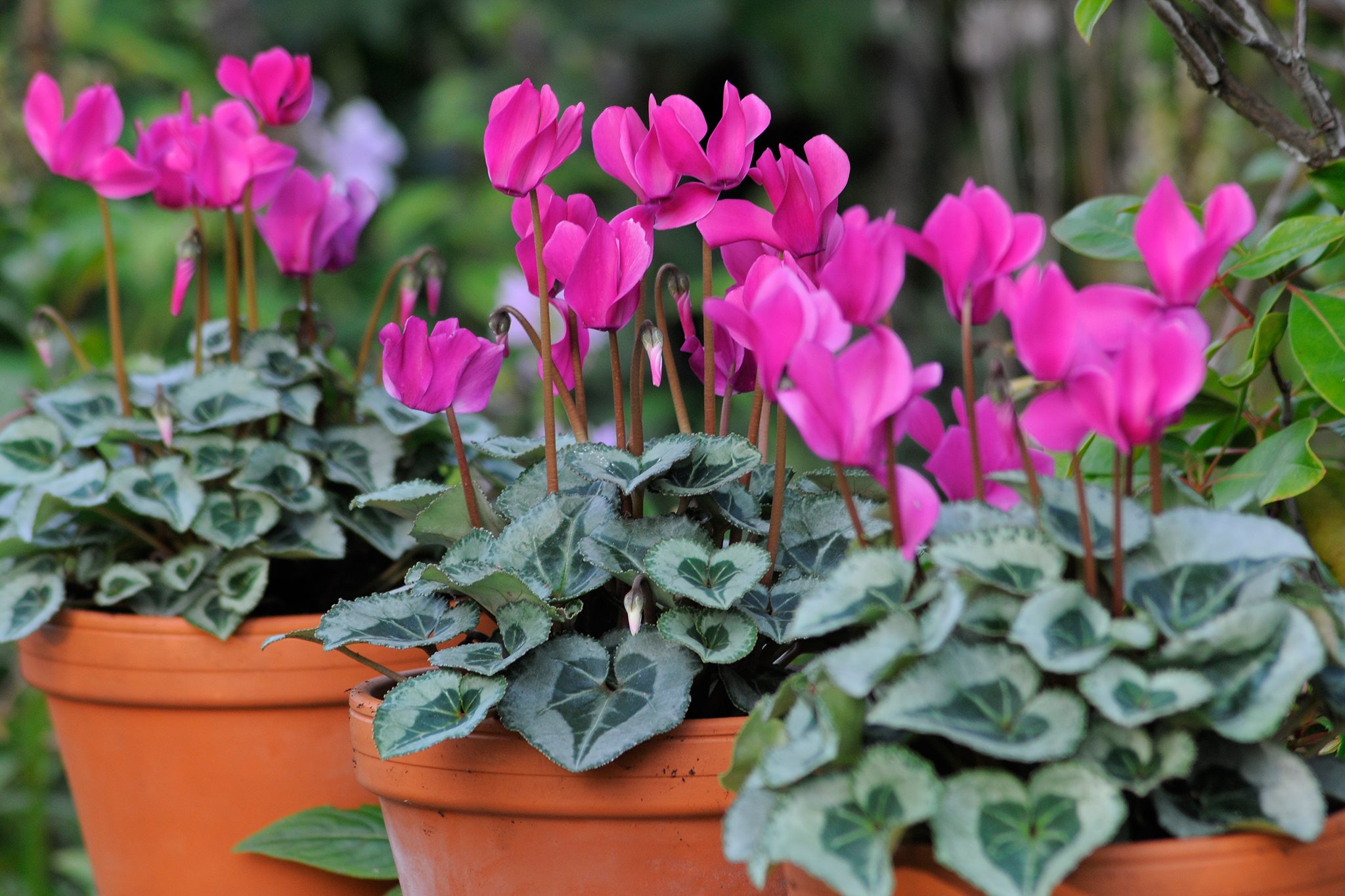
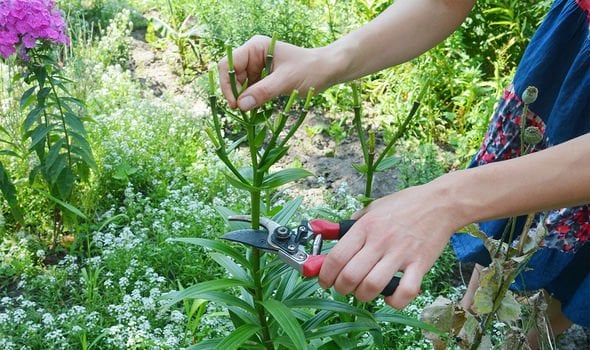
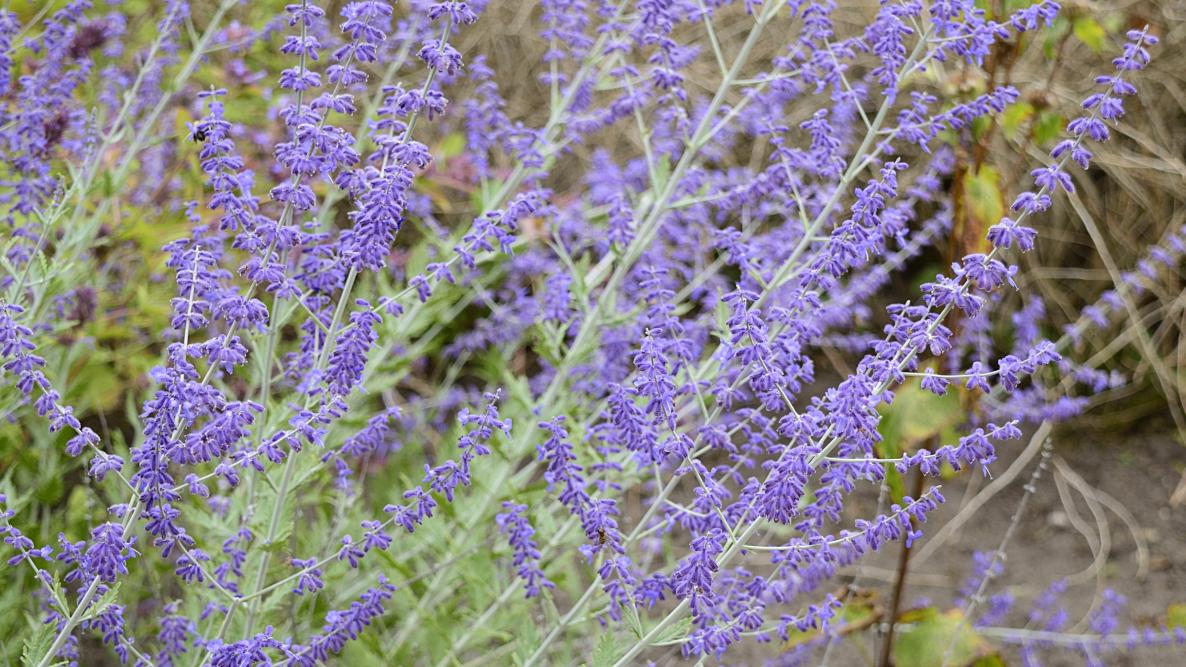
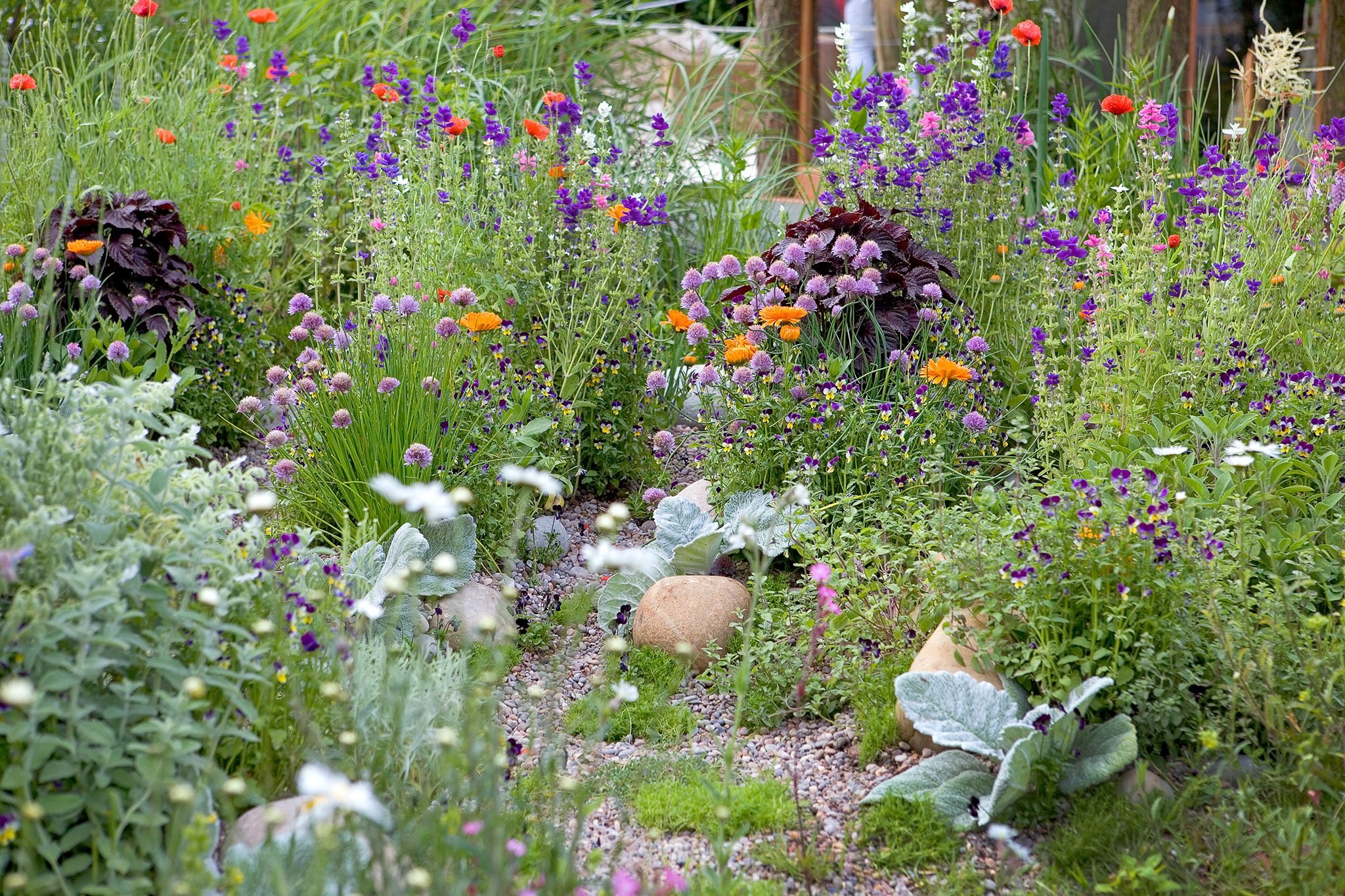

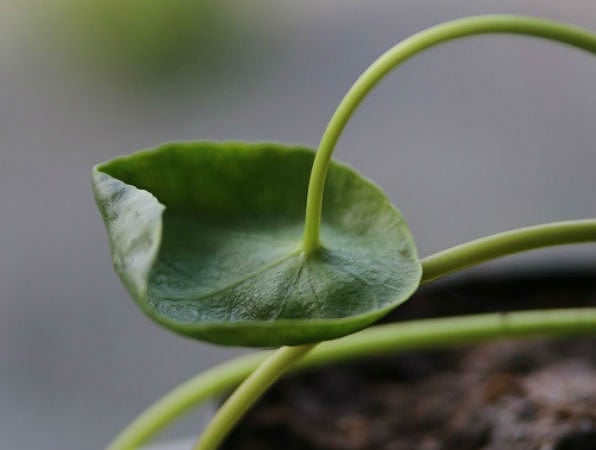
6 Comments